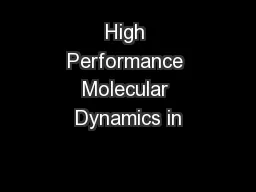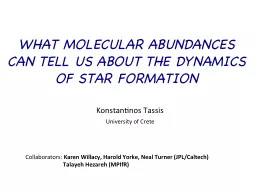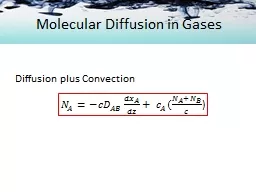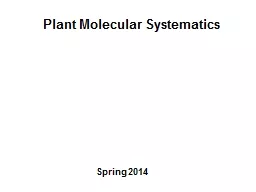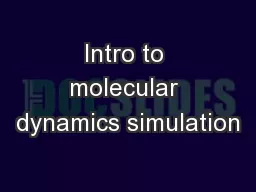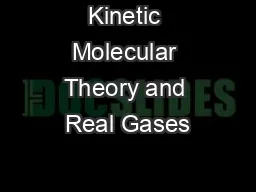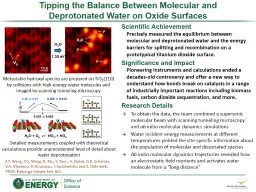PPT-High Performance Molecular Dynamics in
Author : stefany-barnette | Published Date : 2017-08-23
Cloud Infrastructure with SRIOV and GPUDirect Andrew J Younge John Paul Walters Geoffrey C Fox Introduction Benchmarks Results Conclusion References At
Presentation Embed Code
Download Presentation
Download Presentation The PPT/PDF document "High Performance Molecular Dynamics in" is the property of its rightful owner. Permission is granted to download and print the materials on this website for personal, non-commercial use only, and to display it on your personal computer provided you do not modify the materials and that you retain all copyright notices contained in the materials. By downloading content from our website, you accept the terms of this agreement.
High Performance Molecular Dynamics in: Transcript
Download Rules Of Document
"High Performance Molecular Dynamics in"The content belongs to its owner. You may download and print it for personal use, without modification, and keep all copyright notices. By downloading, you agree to these terms.
Related Documents

